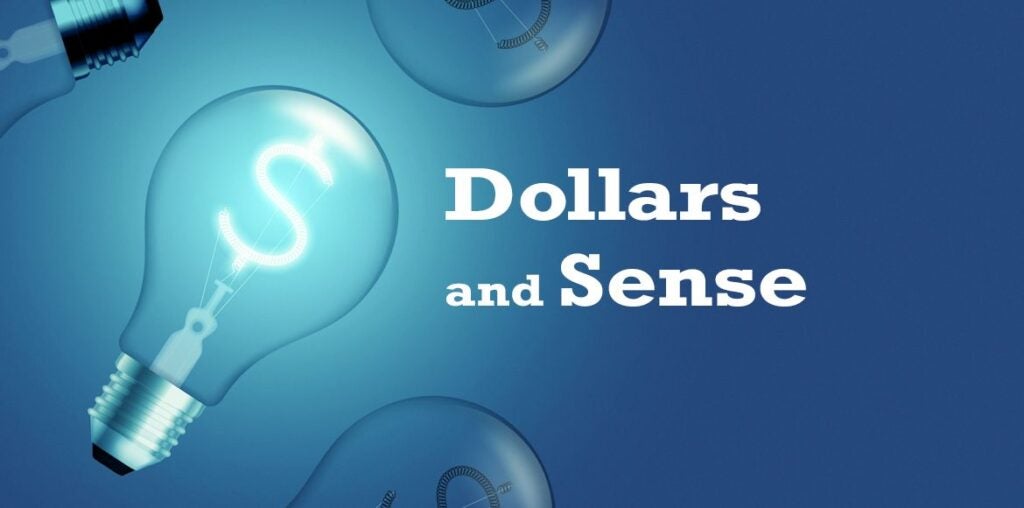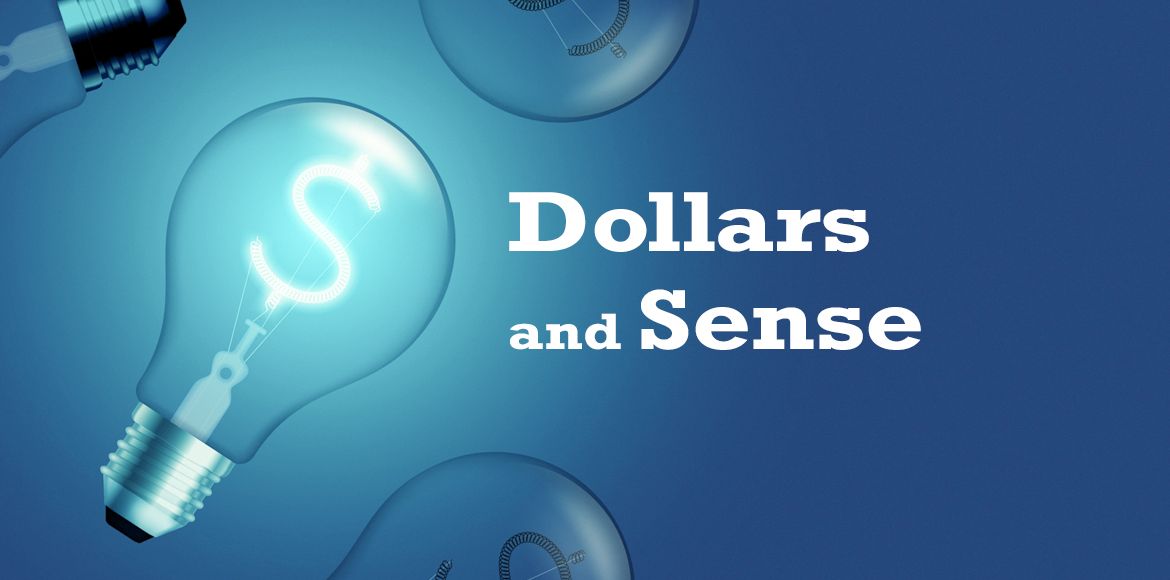
By Ben Luthi
Ben Luthi has been a freelance writer since 2013, covering all things money and travel. His work has appeared in many major publications and financial websites, including U.S. News & World Report, The New York Times, Fox Business, Experian, FICO and more. Ben lives in Utah with his two kids, and loves spending his free time traveling, hiking and talking about credit cards.
Money is an important part of everyday life, and the legal tender we use gets around. The higher the denomination, the fewer amount of times it changes hands. But on average, $1 and $5 bills are exchanged 110 times per year.
But where does this money come from? The answer to that is a little complicated, but learning about the process can give you a better understanding of something so commonplace that you use it almost every day.
The Fed Controls the Overall Money Supply
The Federal Reserve, often called the Fed for short, is the central banking system in the U.S. While the system itself is independent of the government, its Board of Governors is a federal agency.
The Fed doesn’t print physical bills or make new coins, but it does determine how much paper currency the Treasury Department prints each year (the U.S. Mint determines new coin production).
As a result, when you read or hear about the Fed “printing money,” it means something else entirely. The Fed uses what are called “open market operations” to increase and decrease the money supply in the economy. It does this by buying and selling U.S. Treasury and other financial securities in the open market (instead of directly from the Treasury Department).
When buying securities, the Fed pays for them by crediting funds to bank reserves, which they’re required to hold as cash or deposits at a Reserve bank (there are 12 in total). The process is similar to your employer paying you via direct deposit.
Then the banks can issue more loans, increasing the money supply in the market. If the Fed sells securities instead, it has the opposite effect.
But again, the Fed’s efforts relate only to the total money supply in the country’s economy, not the actual physical currency consumers use daily.
What About Those Bills and Coins?
As previously mentioned, paper currency in the U.S. is printed by the Department of Treasury’s Bureau of Printing and Engraving. The order for how much to print comes from the Federal Reserve, which determines how much of each denomination to print based on three factors:
● Public demand.
● The number of notes destroyed by Reserve banks because they’re unfit to circulate.
● Inventory management, issuance of a new design and other factors
Additionally, the U.S. Mint — another bureau of the Treasury Department — makes coins based on similar parameters. It then ships the coins to Reserve banks, which carry the responsibility of putting the coins into circulation by selling them to private banks, as well as removing them from circulation when they’re too worn out.
As of Sept. 2020, there is $1.98 trillion worth of paper currency in circulation. However, the U.S. Mint doesn’t appear to provide similar data on coins.
The Average Lifespan of Our Money
Paper bills and coins are constantly being exchanged, in many cases every few days. Despite the frequent changing of hands, though, paper bills can last for several years and coins several decades.
Here are some of the figures on paper currency from the Federal Reserve.
| Denomination | Average Lifespan |
| $1 | 6.6 Years |
| $5 | 4.7 years |
| $10 | 5.3 years |
| $20 | 7.8 years |
| $50 | 12.2 years |
| $100 | 22.9 years |
In contrast, coins made by the U.S. Mint typically last up to 30 years, even though they’re used more widely than larger denominations of paper money.
A Quick History of Currency in America
The first form of paper currency in the U.S. was born in 1690, issued by the Massachusetts Bay Colony to pay for its military expeditions. Soon after, the other colonies in the new world followed suit.
As paper currency became more common in the U.S., so did counterfeiting. In 1739, Benjamin Franklin began producing notes with unique raised patterns made from leaves to separate legal tender from fake bills.
In 1791, Alexander Hamilton created the Bank of the United States, a central banking system, to establish a credit system for the government and to facilitate the process of borrowing and lending. The following year, the Mint Act was passed, creating the U.S. Mint and making it responsible for making and distributing coins for public use.
In 1861, the term “greenbacks” became popular. The government created these non-interest-bearing notes to finance the Civil War. They earned their nickname due to the green ink used on the back of the notes, and any currency issued since that year is valid at face value. Two years later, Congress established a national banking system and gave the Treasury Department control over the issuance of notes.
Over the next several decades, various denominations, including $10,000, $5,000 and $1,000 bills, as well as a $100,000 gold certificate. The largest denomination is used by banks to settle large transactions, but gold certificates aren’t available for public circulation. Anything else over a $100 denomination was removed from circulation in 1969.
There are also several coin denominations that have been introduced then removed from circulation. For example, half-cent, two-cent, three-cent, half-dime and twenty-cent coins have existed at one time. While most were removed entirely, the half-dime coin was replaced by the nickel.
In the last few decades, our bills have received a few redesigns, primarily to improve security and deter counterfeiting. The most recent redesign was the $100 bill, which occurred in 2013.
The Bottom Line
Many people use currency regularly, if not daily. While each bill or coin you use has individual value, it’s part of a massive system that goes back hundreds of years. The currency we use has not always been as standardized as it is now, and there are specific processes in place to create, circulate and destroy it when necessary.
While it’s not necessary to understand the system or its history to use money, it may give you a greater appreciation for the legal tender you use in your everyday life.
Note: Links to other websites or references to services or applications are provided as a convenience only. A link does not imply SouthEast Bank’s sponsorship or approval of any other site, service or application. SouthEast Bank does not control the content of these sites, services or applications.




